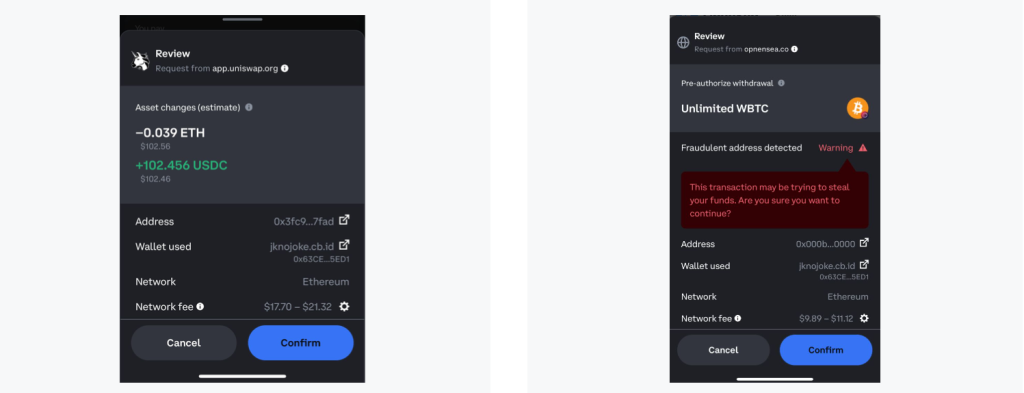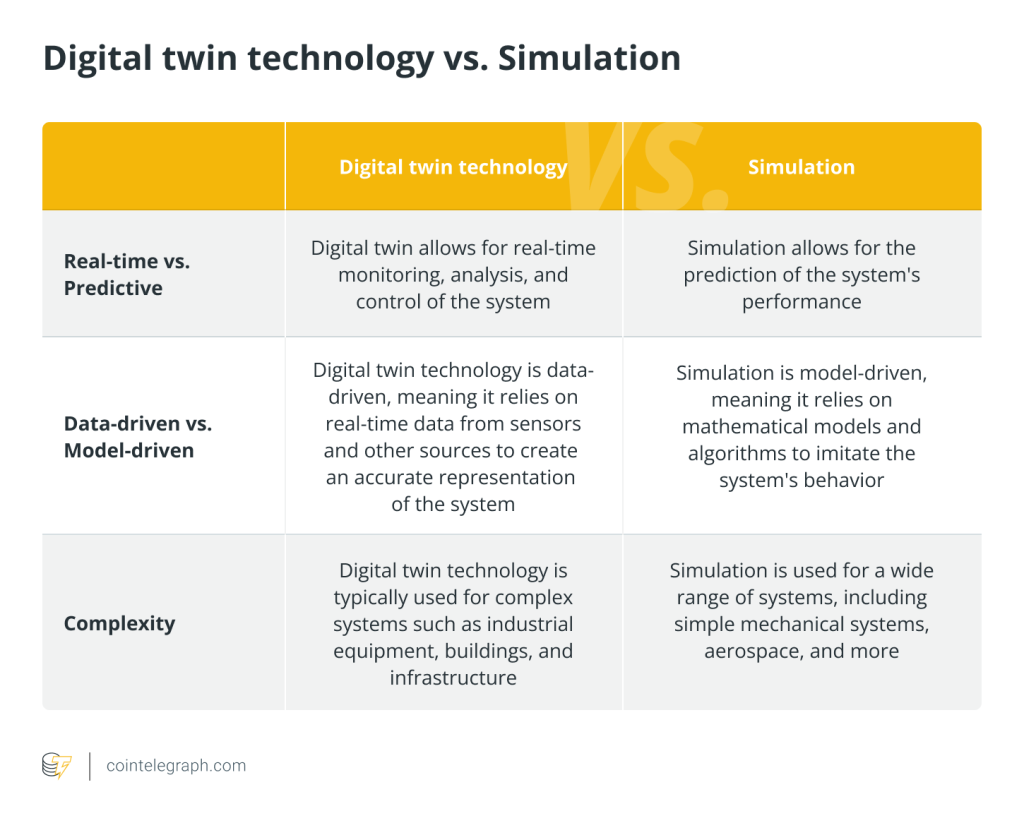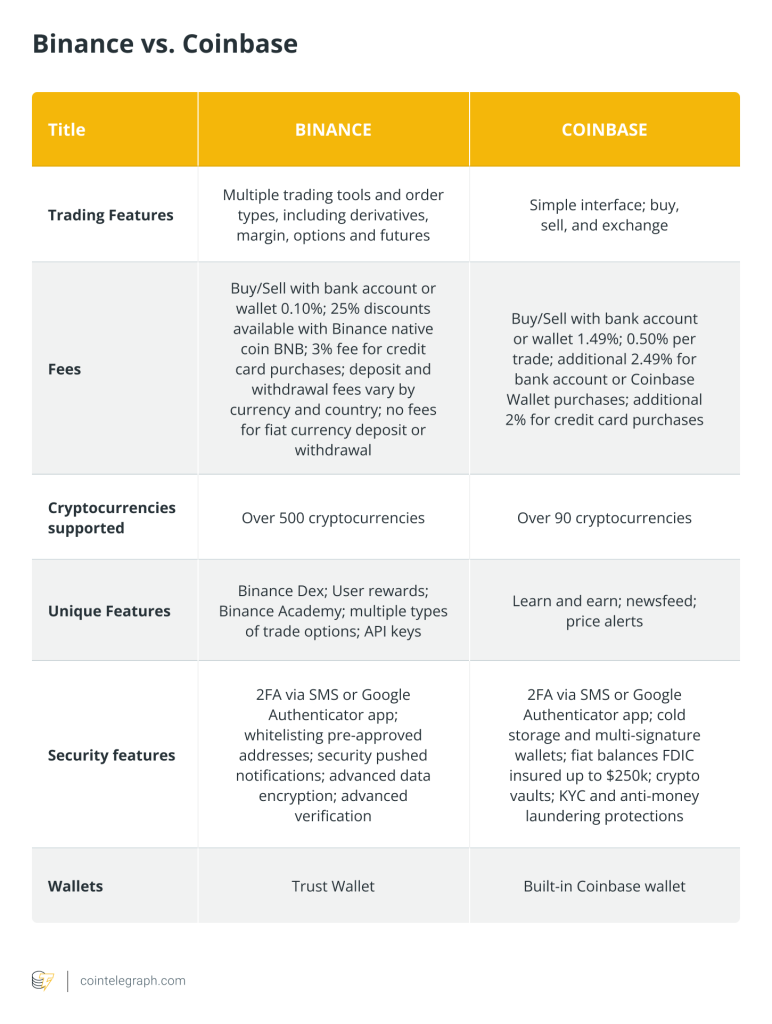Coinbase Wallet quietly integrated Blockaid security tool

Coinbase Wallet integrated Blockaid’s transaction simulation and validation five months ago to better protect users from bad actors.

Coinbase Wallet, a self-custody wallet operated by the owner of the cryptocurrency exchange Coinbase, integrated the Blockaid security tool in late 2023.
Announcing the news in a joint report to Cointelegraph on March 13, Coinbase Wallet and Blockaid said that the new tech was integrated five months ago to provide additional layers of security for Coinbase users.
With the integrated Blockaid technology, Coinbase has managed to save more than $75 million of funds from being stolen, the companies said. According to the announcement, the security tool stopped nearly 800,000 wallet connections to malicious decentralized apps (DApp) by scanning and analyzing 114 million transactions and DApp connections.
Blockaid CEO Ido Ben Natan told Cointelegraph that the platforms managed to count the number of saved funds by analyzing the malicious transactions presented to users via its integration at the wallet level and calculating the value of the proposed transaction at the given time. “We are able to confidently say that the minimum number of funds saved for users is over $75 million,” he said.
The $75 million is a “lower band” to the scams that Blockaid has detected for Coinbase Wallet users, Blockaid CTO Raz Niv told Cointelegraph.
“It takes all the transaction warning screens we gave to Coinbase Wallet users and calculates the value that was blocked on these transactions,” he added.
Coinbase Wallet’s integration with Blockaid specifically enabled a better transaction simulation — a security feature used to predict the outcome of a transaction before it is broadcast to the blockchain. By allowing the platform to anticipate the potential consequences of certain cryptocurrency transactions, transaction simulation enables opportunities to better prevent crypto scams and theft.
According to the announcement, Coinbase uses three Blockaid application programming interfaces (API) to layer in security for users when they are browsing DApps, transacting with Web3 protocols or addresses as well as on-chain messaging.
With Blockaid’s tech, Coinbase Wallet users better understand what will happen when they sign a transaction, including a transfer of on-chain assets like Ether (ETH) as well as off-chain transactions like a Seaport order on OpenSea.
The integration has improved transaction simulations on at least seven chains, including the Ethereum network and six other Ethereum Virtual Machine (EVM) chains, according to Coinbase’s senior director of engineering, Chintan Turakhia. He noted that supported EVM-compatible networks included Base, Optimism and Polygon.
Despite promising capabilities of transaction simulations, such technology alone is not enough to sufficiently protect users, the joint report stressed.
Related: Serenity Shield’s token falls nearly 99% after MetaMask wallet breach
When coupled with validation — the process of determining whether a given transaction is malicious — a user gets additional transaction security. Coinbase Wallet users will see a warning in their confirmation screen when a transaction is deemed malicious.

Coinbase Wallet isn’t the only one that has implemented Blockaid’s transaction security technology. Major EVM wallet MetaMask introduced security alerts with Blockaid in November 2023. In February 2024, MetaMask announced an extension of default security alerts to multiple blockchains, including Linea, BNB Smart Chain, Polygon, Arbitrum, Optimism and Avalanche.






Responses